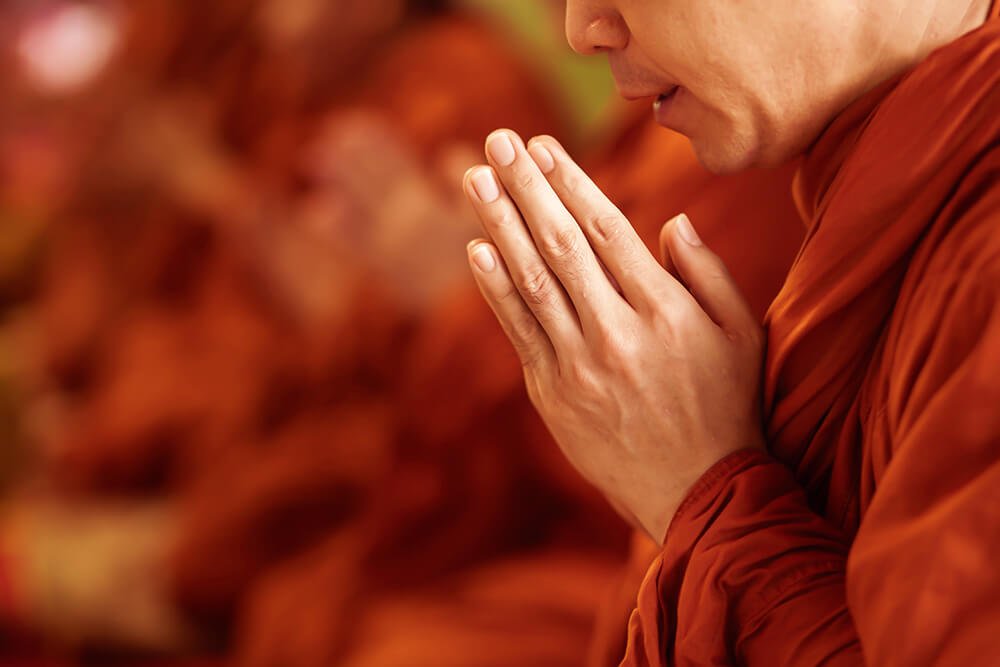念 佛 就 是 修 行
念佛 = niànfó = 염불 = yeombul = nembutsu = mindfulness of Buddha = chanting
What is 念佛?
The most narrow way of looking at 念佛 is to insist that it only applies to the practice of reciting 南無阿彌陀佛 (namu amita bul), “Homage to Amida Buddha”, over and over again. If we widen our scope just a little, then the definition of 念佛 can be broadened to include reciting the name of any Buddha or Bodhisattva. So if you chant “Kwan Seum Bosal” (Avalokitesvara), or “Ji Jang Bosal” (Ksitigarbha), or even “Sogamuni Bul” (Shakyamuni), this, too, is 念佛. There are also examples of chants that include the name of a Buddha or Bodhisattva, such as the Medicine Buddha mantra: “Om Bekandze, Bekandze, Maha Bekandze, Radza Samudgate Soha”. The very popular Kanzeon chant also includes the name “Kazeon”. Interestingly, the “Kanzeon” chant not only includes the name of the Bodhisattva, but it also includes the word “nen”, which is the Japanese pronunciation of 念. If you keep going (keep widening the scope of the meaning of 念佛) then it can mean any kind of “chanting”, that is, any kind of practice that involves the voice.
就是 = jiùshì = to be precisely; to be none other than; (wiktionary) emphasizes that something is precisely or exactly as stated (purple culture)
修行 = xiūxíng = “practice” = to cultivate one’s spiritual virtues; to train oneself; to work at self-improvement (wiktionary); to devote oneself to spiritual development (esp. Buddhism or Daoism); to devote oneself to perfecting one’s art or craft (purple culture).

I originally found this quote, “念 佛 就 是 修”, at the following web page (in Chinese):
https://www.dharmaschool.com/course71.html
